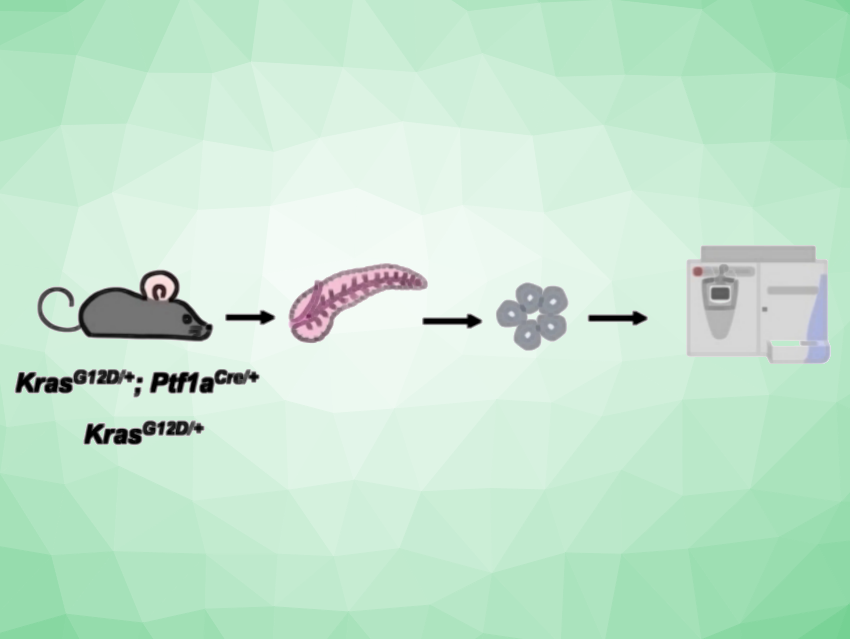Reactive oxygen species (ROS) are reputed for their involvement in carcinogenesis. Markus Stoffel, Renato Zenobi, Swiss Federal Institute of Technology (ETH) Zurich, Switzerland, and colleagues have shown that the level of one such ROS, hydrogen peroxide, is significantly higher in pancreatic cancer cells, unlike the level of other reactive oxygen species. This makes hydrogen peroxide an exciting target for cancer research and treatment.
ROS in Cancer Research
Reactive oxygen species play an important role in the functioning of our cells. They are formed during cellular processes and can target and modify cell building blocks such as lipids and other molecules. They are usually kept in check by the cell to prevent them accumulating and becoming too harmful. However, in cancer cells, this up-and-down-regulation appears to be disrupted, making reactive oxygen species a hot topic in cancer research.
Despite this intense interest, these molecules are very difficult to analyze due to being extremely short-lived. The team was able to selectively measure the concentrations in cancer cells of three prominent members of this group of compounds—hydrogen peroxide, superoxide, and hydroxyl radicals. Using specific chemical reactions, high-resolution mass spectrometry, and biological assays, the team detected the levels of the three species separately. They also showed that hydrogen peroxide is significantly increased in pancreatic cancer cells compared to other ROS molecules, and that this increased level makes a critical contribution to the survival of cancer cells.
Mutation Promotes the Accumulation of H2O2
The team also found that cancer-promoting mutations lead to suppression of the genetic expression of enzymes that break down hydrogen peroxide. Higher concentrations of hydrogen peroxide altered the lipid composition of the cells. Because cancer cells divide very quickly, they require huge amounts of lipids to form new membranes. The researchers observed that suppression of the enzyme catalase, which breaks down hydrogen peroxide, led to more lipids typical of cancer cell membranes.
The team concluded that down-regulation of hydrogen peroxide is disrupted in pancreatic cancer cells, which is why they were able to detect more of this ROS. Because it was clearly only hydrogen peroxide, and not the other reactive oxygen species, that was incorrectly regulated, the team proposes differentiated detection of these molecules in the future, rather than simply detecting reactive oxygen species as a sum parameter. New analysis techniques, such as the team’s powerful mass spectrometry method, make this distinction possible, they argue.
- Mass Spectrometry Reveals High Levels of Hydrogen Peroxide in Pancreatic Cancer Cells,
Qinlei Liu, Wenjie Ge, Sandra Martínez‐Jarquín, Yuliang He, Ri Wu, Markus Stoffel, Renato Zenobi,
Angew. Chem. Int. Ed. 2023.
https://doi.org/10.1002/anie.202213703




